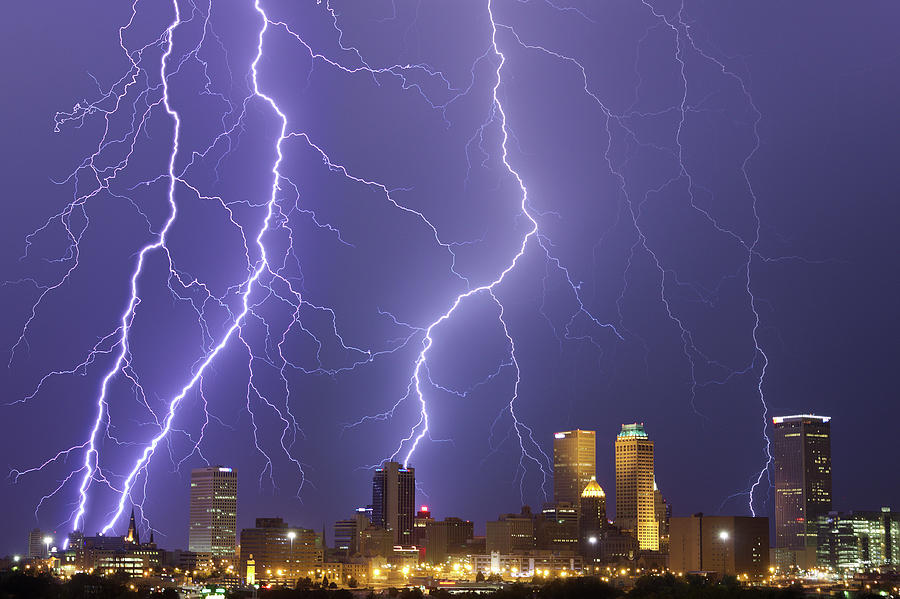Deshaunrob17 wrote:Earlier in the year, there was a lot of talk about Caribbean hurricanes during August and September based on precipitation anomalies.. Good thing those didn't verify (atleast until now) ... The models weren’t wrong because most the Caribbean have had a wet August and September but it wasn’t from hurricanes (excepting Laura for the Greater Antillies). Airport in Trinidad for example had almost 20” of rain in August and Barbados been seeing rough weather
Point is precipitation anomaly is a bad indicator to show where storms are going to go...
That's true, at the airport in Trinidad, we had almost 500 mm in August in and almost 300 mm in September (although the real September total was probably over 300 mm since the rain gauge didn't record any data on one especially wet, stormy day). August 2020 was the third wettest August on record for Trinidad and the sixth wettest for Tobago, if my memory serves me right. Rainfall was well above-normal and it actually helped bring our reservoirs closer to their usual year-to-date levels after a long stretch of below-normal rainfall between December 2018 and July 2020.
I remember distinctly that models kept showing above-average precipitation for the Caribbean region this hurricane season and they most certainly verified, although most of the rain wasn't as a result of organised storms passing through in large numbers.











